Cardboard is essential in a worm bin – find out what types of cardboard are best, and how to prepare cardboard for your composting worms.

If you know anything about composting worms, you’ll know that they love cardboard. It’s almost comparable to a jungle gym for kids – it makes an incredible play and living area for red wigglers. It also serves as somewhat of a food source for them too.
Have you ever wondered, though, what makes it so amazing for worms? And what type of cardboard is best? If you have cardboard, what is the best way to prepare it for your worm compost?
What makes good worm bedding?
When you first construct a composting bin, you need to have materials that the worms can live in. This material (known as the worm bedding) is made with a mixture of coconut coir, peat moss, green materials (shredded leave]/wood chips), shredded newspaper and even cardboard.
Worm bedding requires cellulose – not only does it help give structure to plants, it helps to provide some nutrition to the worms. Aside from the bedding, worms also need regular feedings of food and scraps to stay healthy. Worm bedding helps the vermicompost bin retain the proper amount of moisture, and with the proper pH, it should be light, fluffy and encourage movement between the worms.
Using cardboard as bedding
Cardboard is made from trees and hence high in cellulose – which is necessary for worm bins. However.. not all cardboard is good for worm bins. Varieties that are processed (bleached, shiny or coated with ink) are not the best option for bedding as the chemicals in the cardboard can be toxic.
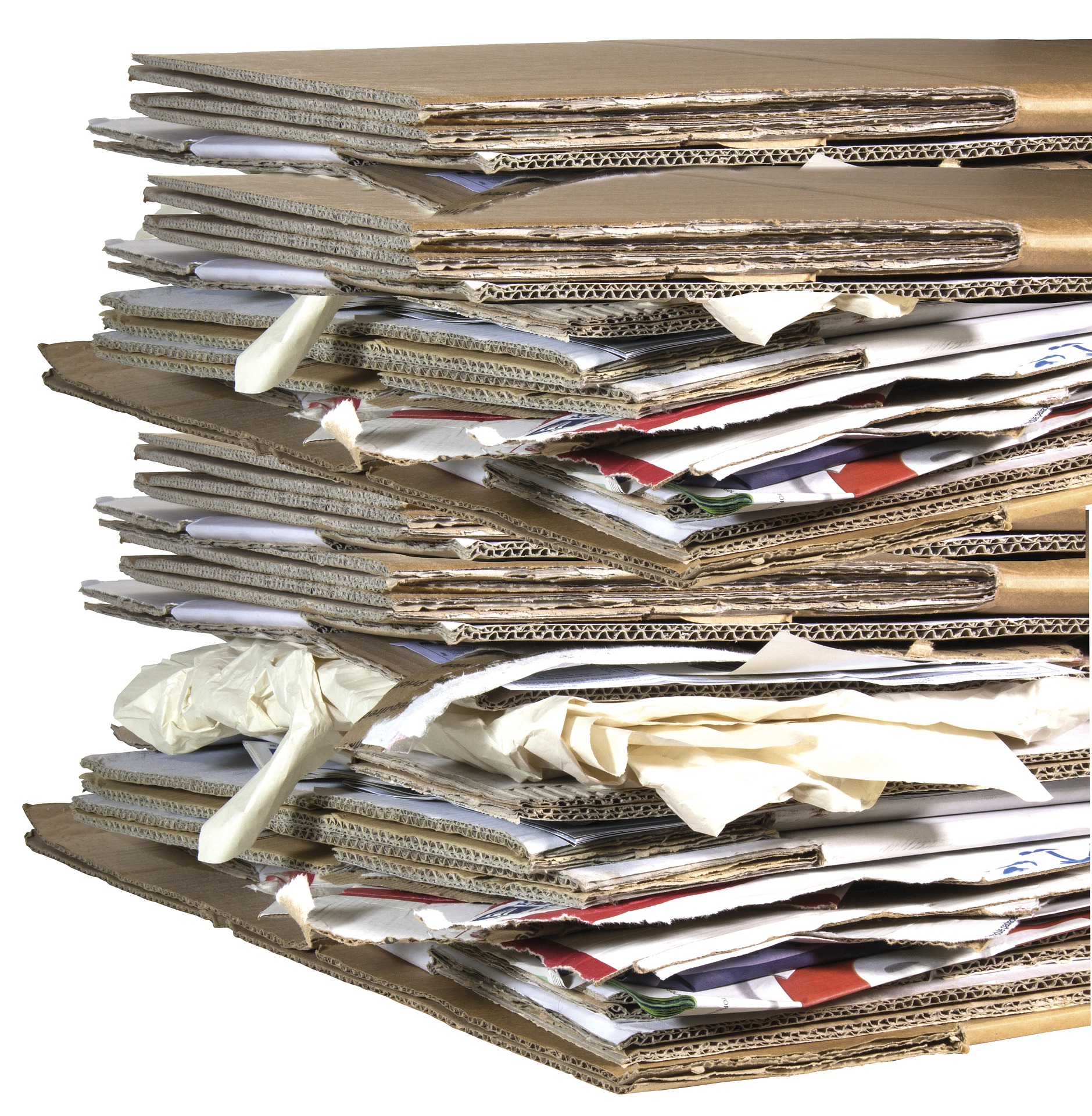
The following types of cardboard are wonderful for worm bins:
- Brown corrugated cardboard: This type of cardboard is like a sandwich. The outer layers surround the inner player made with recycled paper. This type of cardboard creates the fluffiness that the bin needs to allow the worms to move around.
- Toilet paper tubes: This type of cardboard works well provided that the tubes are not bleached or coated with ink. It’s best to cut this type of cardboard up in small pieces to help it break down faster.
- Cardboard with food scraps: This is perfect because the bacteria have already started breaking down the cardboard. Worms will then eat the organisms that are growing/spoiling on the cardboard.
You’ll want to avoid:
Cardboard with excessive grease or plastic coatings. Oils are not good for worms and they cannot digest plastic. Cardboard with plant-based food scraps is OK.
Make sure you avoid cardboard that is waxed, bleached, or treated with chemicals.
How to prepare cardboard for worms:
Cardboard needs to be cut into small pieces before adding to your vermicompost bin. Those cardboard portions with grease or coatings need to be tossed aside. Once the cardboard has been sorted, shred the cardboard or use your scissors or hands to rip it up into small pieces.
Smaller pieces will help the cardboard break down faster – this can be done with a scissors or by hand. Mix that shredded cardboard with other bedding ingredients or mix into their kitchen scraps. While cardboard can serve as a type of food for the worms they can’t live exclusively on cardboard.
Cardboard has a high carbon to nitrogen ratio (lots of brown to green)… bedding that is too high in carbon will prevent the bin from composting.
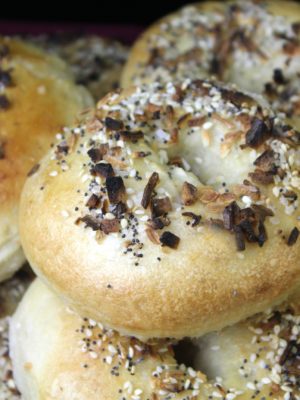
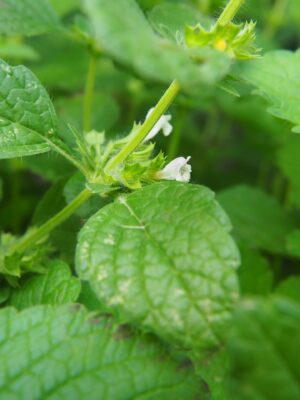
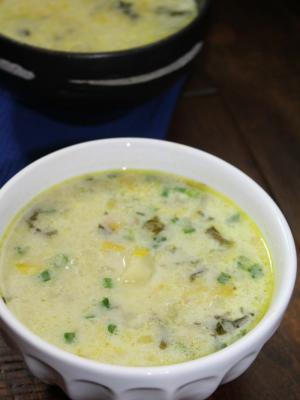
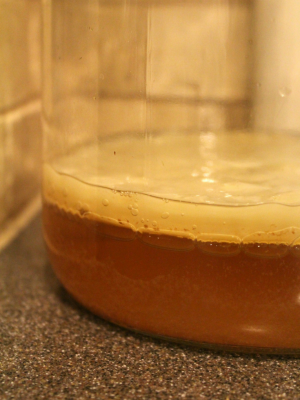
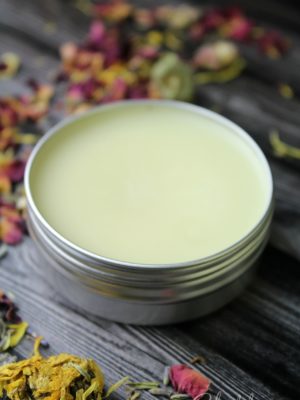
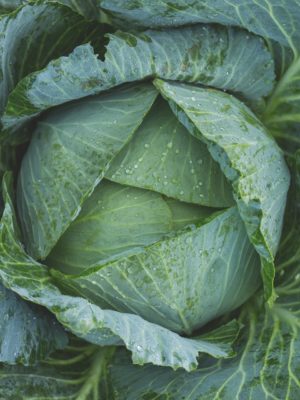

Do you just leave the shredded cardboard on top or do you bury it?slightly? or bury it deeper?
Thanks
Steve, I bury it… I actually layer it on the very bottom of the bin. It works well to absorb moisture and it gives the worms a place to hide. Eventually it’ll compost right in the bin with the food you add for the worms. If you are just getting started with vermicompost, be patient.. it took me quite a while to get the hang of it. Here in Phoenix, our weather gets hot, so I constantly found myself re-adjusting. It is very fun, very challenging but so rewarding.